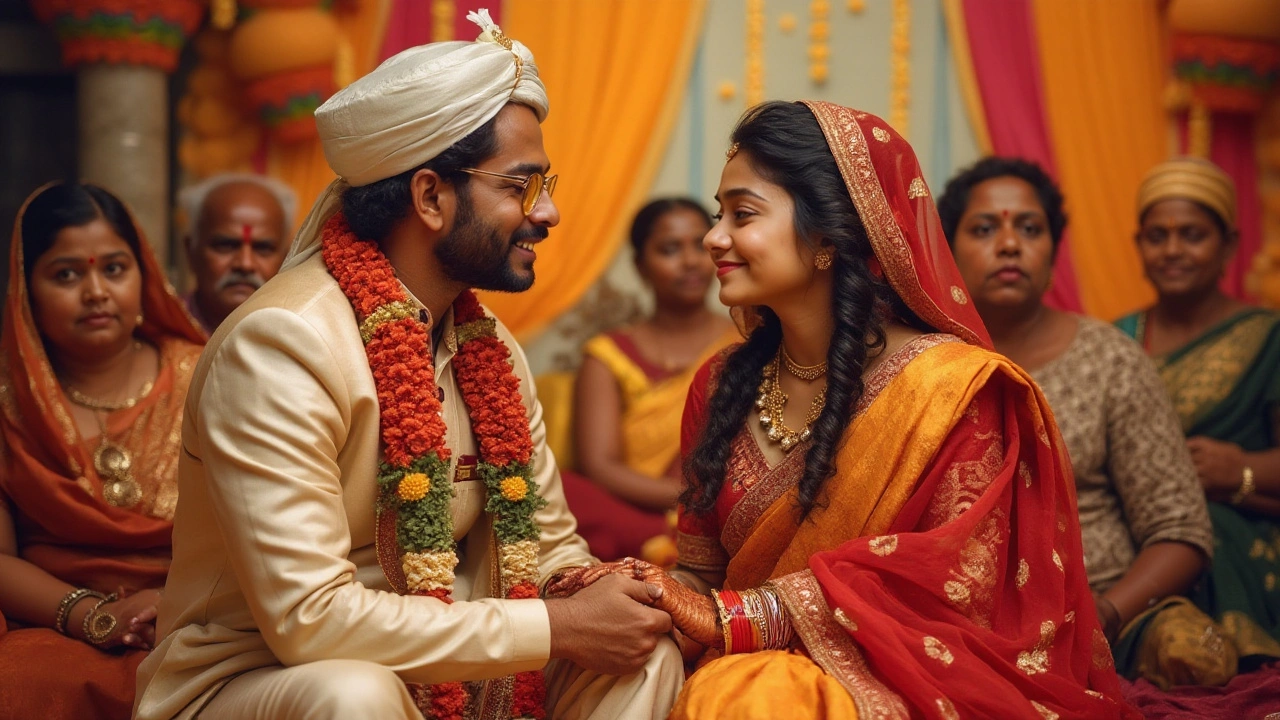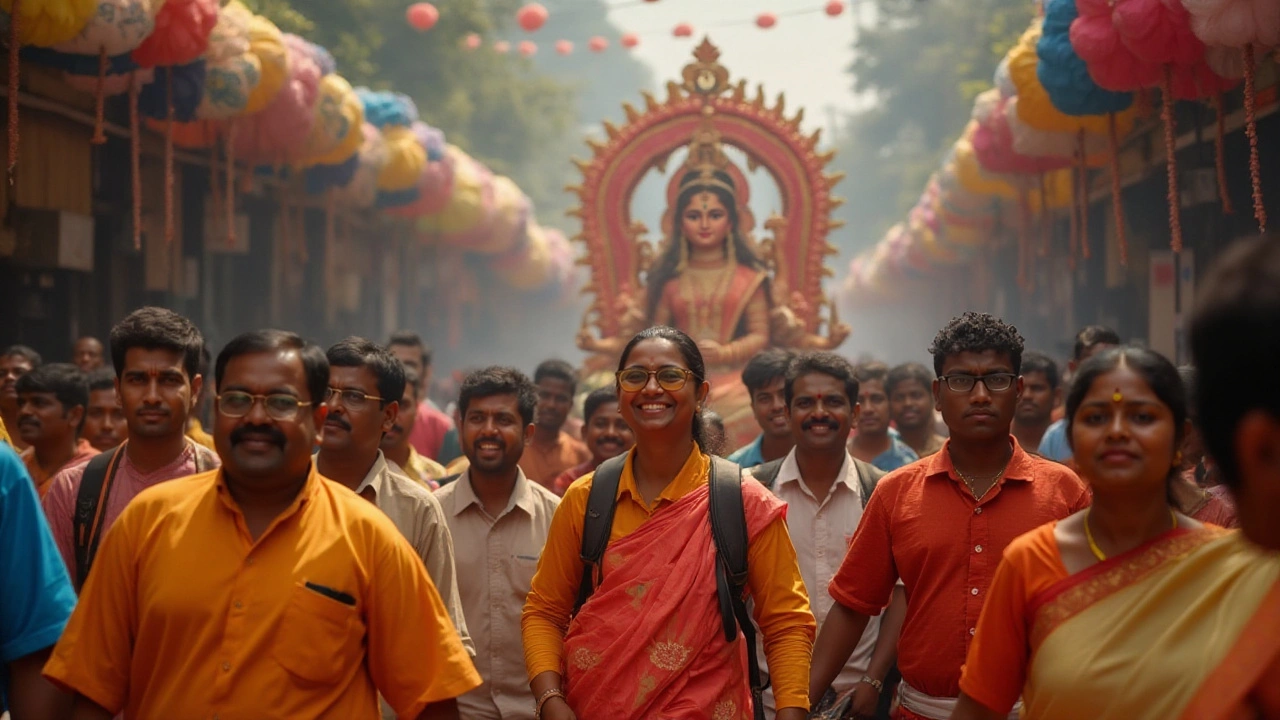India Culture: A Practical Guide to Traditions, Food, and Festivals
If you’ve ever wondered what makes India feel so alive, you’re in the right place. From the buzzing streets of Delhi to the quiet temples of Kerala, everyday life is a mix of color, sound, and flavor. This guide gives you real‑world tips you can use right now – whether you’re planning a trip, learning a new recipe, or just curious about the country’s customs.
Everyday Traditions You’ll Feel
One of the first things you’ll notice in India is how greetings change with the region. While “Namaste” works everywhere, people in the south often add a slight bow, and in the north a firm handshake is common. Knowing the right greeting makes a big difference in social situations, from a quick market chat to a business meeting.
Dress matters, too. Traditional clothing isn’t just for festivals; many people wear kurta‑pajama or a simple saree for daily work. If you’re visiting a temple, cover your shoulders and knees – a lightweight shawl or a pair of trousers does the trick. You’ll blend in faster, and locals will appreciate the effort.
Food is another daily ritual. A typical Indian breakfast might be a plate of idli with coconut chutney, a steaming bowl of upma, or just plain paratha with pickle. The key is to balance flavors – sweet, salty, sour, and spicy – in every meal. Trying a local dish is the easiest way to understand a region’s history and climate.
Must‑See Cultural Experiences
When it comes to festivals, India never disappoints. The Pushkar Camel Fair in Rajasthan is a wild mix of livestock trading, folk music, and street food – a perfect snapshot of rural life meeting tourist curiosity. If you prefer something more spiritual, the lights of Diwali illuminate streets across the country, and the aroma of fried sweets fills the air.
Food lovers have a whole world to explore. From the spicy street snacks of Gujarat – think dhokla and fafda – to the rich biryanis of Hyderabad, each state offers its own signature dishes. Visiting a local bazaar gives you a taste of fresh ingredients and cooking techniques that have been passed down for generations.
Heritage sites are another bucket‑list item. UNESCO recognizes seven natural heritage spots, like the Sundarbans mangroves and the Western Ghats, but cultural sites like the Taj Mahal, the temples of Khajuraho, and the forts of Mysore tell stories that span centuries. A quick tip: go early in the morning to avoid crowds and catch the best light for photos.
For a deeper dive, check out the old folk music traditions – the beat of the dhol, the melodic notes of a shehnai, or the soulful verses of a bhajan. These sounds aren’t just entertainment; they’re the soundtrack of daily life, weddings, and harvest celebrations.
Finally, remember that India’s culture is a living, changing thing. Young entrepreneurs blend tech with tradition, while artists remix classical dance forms with modern beats. Keep an eye on local blogs, Instagram reels, or community events to see the latest trends.
Bottom line: India’s culture isn’t a static museum piece – it’s a daily practice you can touch, taste, and hear. Use these practical pointers to feel more at home, whether you’re strolling through a market, sharing a meal, or watching a festival firework. Enjoy the journey, because every new experience adds a bright thread to your own cultural tapestry.

